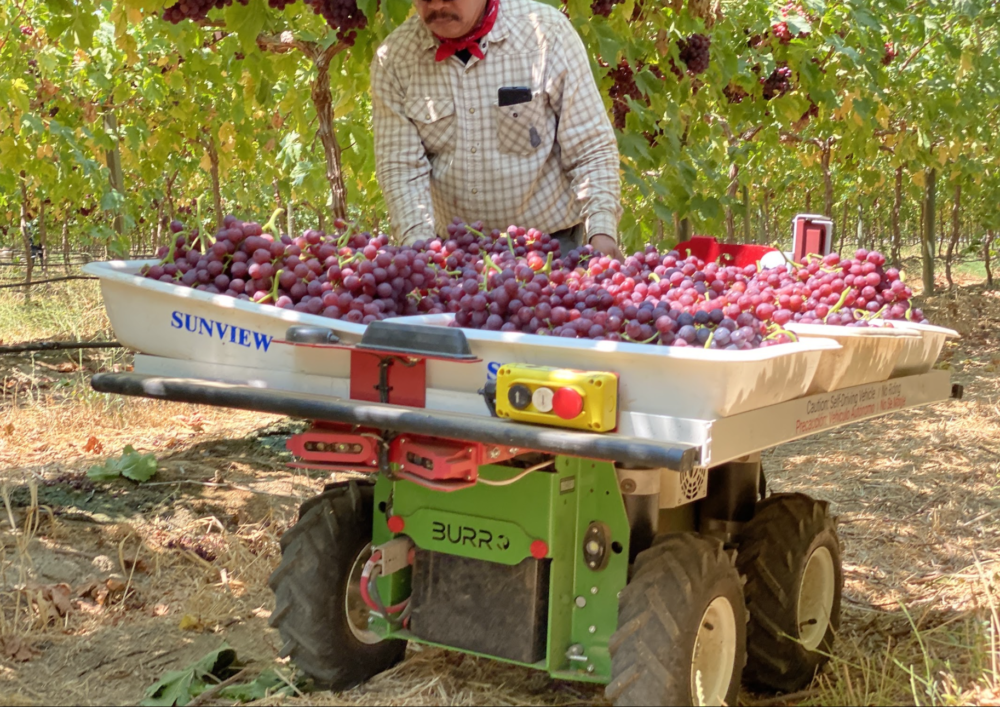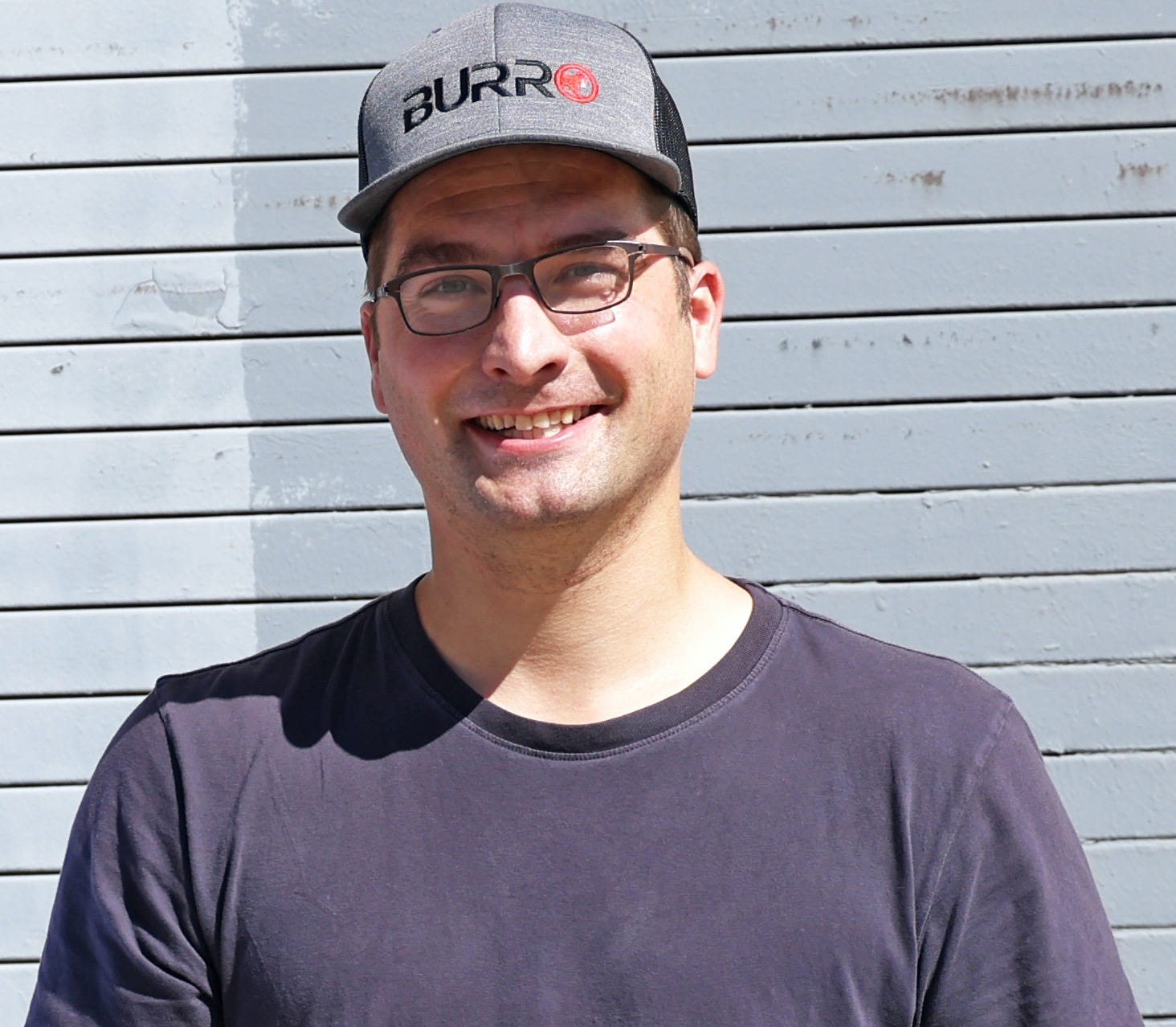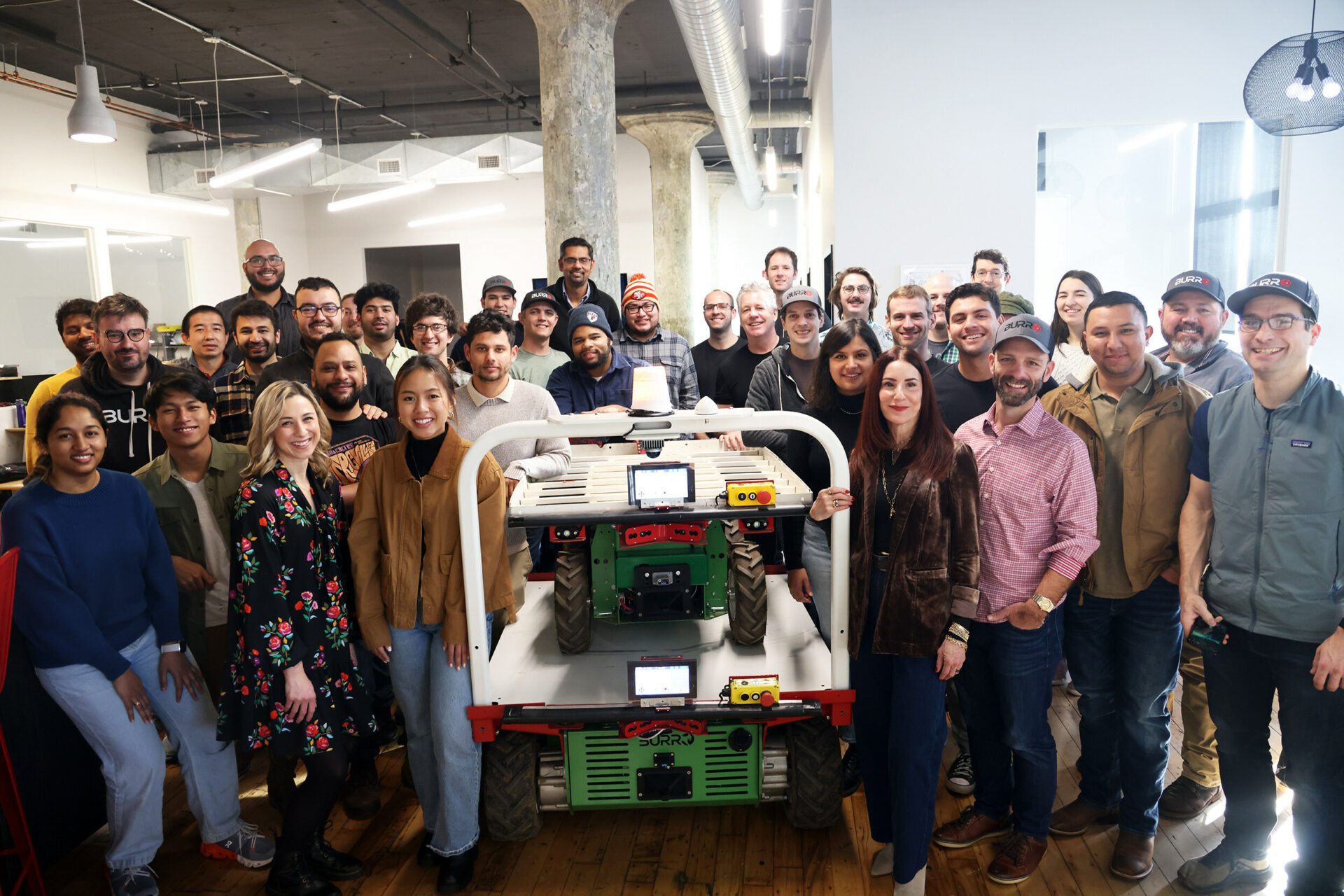With no end in sight for US farm labor shortages, more agricultural sectors are turning to automation as a possible aid.
That’s certainly true for specialty and permanent crops like fruits, vegetables and nursery plants. Roughly 70% of such growers in the US said they had adopted some kind of automation in 2022, according to a report last year from Western Growers. Most expect labor costs to rise; the vast majority are considering automation that can assist with harvests.
Against this backdrop, Pennsylvania-based Burro has announced a rather well-timed Series B raise of $24 million co-led by Catalyst Investors and Translink Capital. Existing investors S2G Ventures, Toyota Ventures, F-Prime Capital, and Cibus Capital also participated.
Burro, which currently has more than 300 harvest assist robots in fields, will use the new funds to broaden its product line and reach more areas of agriculture struggling with labor.
Two thirds of US agriculture’s revenue pool is corn, wheat and soybeans, says Burro CEO Charlie Andersen. Because these sectors are so heavily mechanized, they use only around 10% of overall agricultural labor in the US.
Contrast that with specialty crops such, which account for about a third of agricultural revenue but need 80% to 90% of the industry’s labor.
“The challenge for autonomy is building a solution that can go into the most labor-intensive areas of agriculture,” Andersen says. “A strawberry versus a table grape versus a blueberry: they’re all grown in slightly different production systems.”
“The way you win today is by augmenting people while building a mobility layer that could do more things over time.”

Tackling autonomy through mobility
Burro bills itself as an “autonomous mobility company” rather than using the “farm robotics” label.
Mobility, as Andersen sees it, means “moving through the world.” In a farming context, that’s any job where the goal is to move from one location to another around the farm (versus dexterity-related tasks like harvesting or weeding).
Burro’s autonomous machine currently works as a harvest assist device for blueberries, table grapes, citrus and stone fruit and some strawberries. Getting any of these from the field to the pack line typically requires humans to manually load the harvested goods onto small vehicles that are then driven to a central point. Depending on the farming operation, this might require workers to haul heavy buckets of produce to the end of a row, a process that’s both time consuming and labor intensive.
Burro’s machine addresses this by following human workers along the beds as they harvest. Workers can load up the Burro as they move along the row; when the machine is at capacity, it autonomously travels a route back to the pack line, where humans unload the produce.
The process works across the aforementioned speciality crops as well as in plant nurseries.
“Mobility is pretty universal across [agricultural] environments,” says Andersen. “Rows, row ends, paved and unpaved and gravel areas are all pretty similar. [Burro’s] mobility has gotten better and better and is at a stage where we can not just go in a vineyard or blueberry operation or nursery, we actually can go into larger-form towing applications across a larger set of nurseries. The market in short is starting to expand as people pull the autonomy into new settings.”
Augmenting, not replacing, humans
The Burro approach to autonomy is meant to co-exist alongside humans — hence the ‘bots autonomously trailing workers around a field.
“We’re always in settings where we’re collaborative and we’re supporting people,” says Andersen, who suggests this setup isn’t likely to change soon.
“I think the robots will be working near people for a very long period of time. Forever, in fact, where there’s a lot of people, a lot of labor. And so if you work near people, doing movements, you’re building something that can be used across a bunch of different areas in time.”
“What sets Burro apart among the robotics sector is the team’s brilliant vision for augmenting – not replacing – labor with machines that work safely and reliably outdoors alongside humans, exponentially increasing efficiency and production,” says Brian Rich, managing partner at Catalyst Investors. “The Burro approach is already proven and its ROI demonstrated for farms and nurseries, perfectly positioning them to become the dominant outdoor robotics company for various industries and uses.”

From ‘people scale’ to ‘pallet scale’
Andersen says Burro has done about 300,000 autonomous hours of operation across over 300 systems running on over six countries with over 40 customers. “We are now at a stage where the reliability of the system has been really hammered on over and over again, which is enabling us to sell more of the product.”
Series B funding will aid Burro in building and releasing new products, starting with Burro Grande. The new vehicle can carry up to 1,500 pounds and tow up to 5,000 pounds in relatively flat terrain.
“Our core system Burro will be called ‘people scale,’ which means it can carry up to about 500 pounds and tow between 1,000 and 2,000 pounds depending on environments,” says Andersen. “Burro Grande is what we call ‘pallet scale.'”
The new machine includes the Burro Operating System software that uses indoor/outdoor Lidar for autonomous movement.
Andersen notes that the new machine opens a whole new market segment up to the company. “We’re still moving alongside people at relatively slow speeds. But because we’re autonomous, we can create a ton of value with the system in an environment like a nursery, where you have thousands of trailers being towed in and out of buildings and across long corridors all day.”
“We’re now able to step into this whole other segment of the market where our autonomy has been very hardened and works quite well.”




